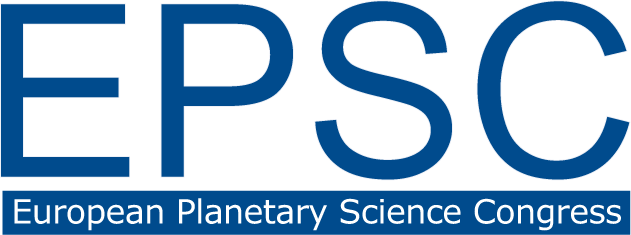The past few years have witnessed great advances in the computational simulations of impacts in planetary systems. These advances have played fundamental roles in reshaping models of planet formation, especially the formation of terrestrial planets and their compositions. For instance, more accurate simulations of giant impacts have enabled terrestrial planet formation models to branch away from the traditional perfect-merging scenario and have placed them on the path to becoming quantitative (and, therefore, predictive). Also, recent ideas on the early instabilities in our solar system have opened a new pathway to adopting more realistic initial conditions for the formation of our terrestrial planets and the origin of their chemical compositions. Collectively all these advances have also paved the way for extending new models of terrestrial planet formation to other planetary systems. The goal of this session is to address the above-mentioned topics through a combination of invited and contributed talks (as well as poster presentations). We will be happy to receive and welcome abstracts for oral and poster contributions in all areas related to theoretical, observational and experimental studies of terrestrial planet formation in our solar system and extrasolar planets.

